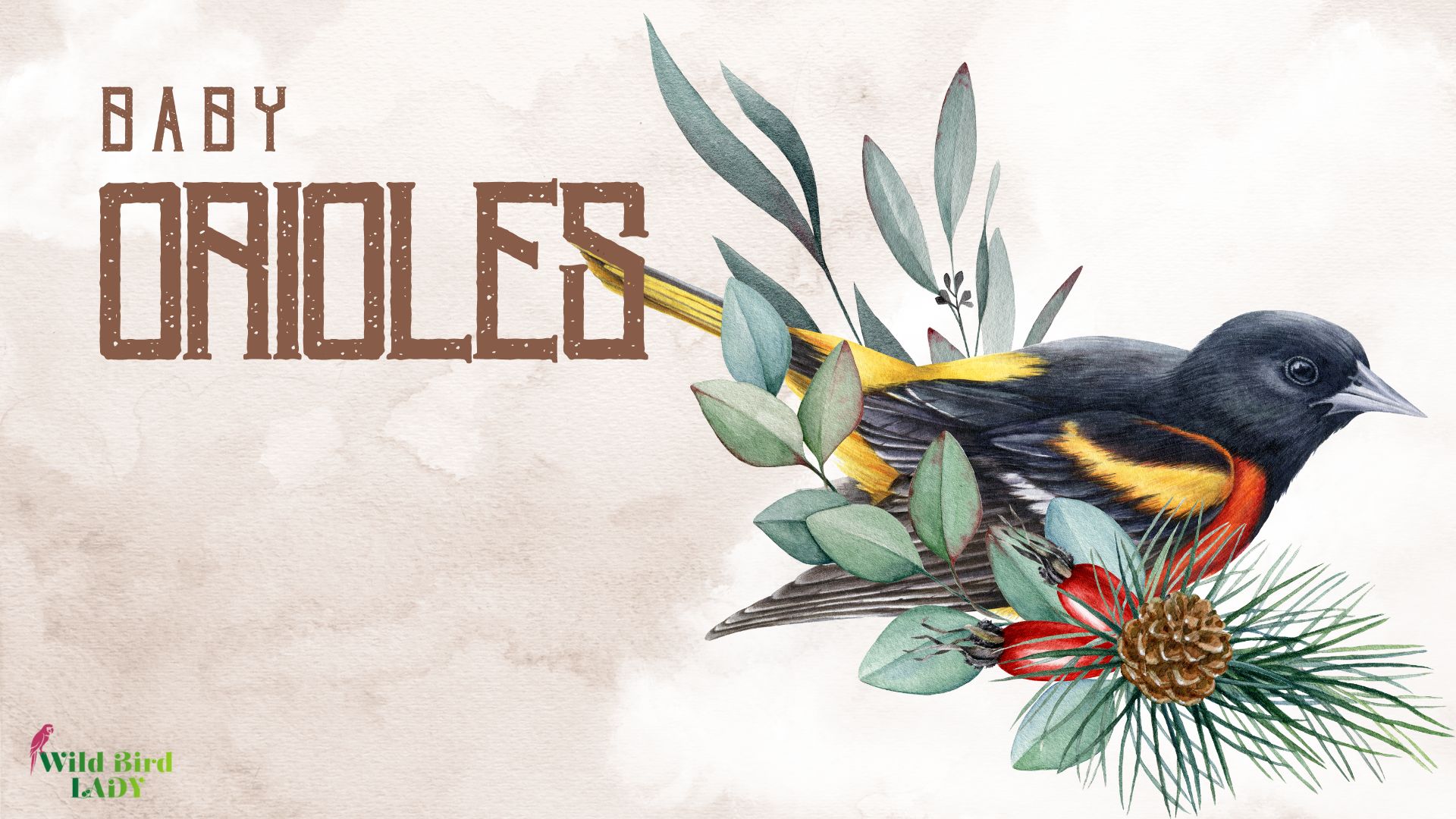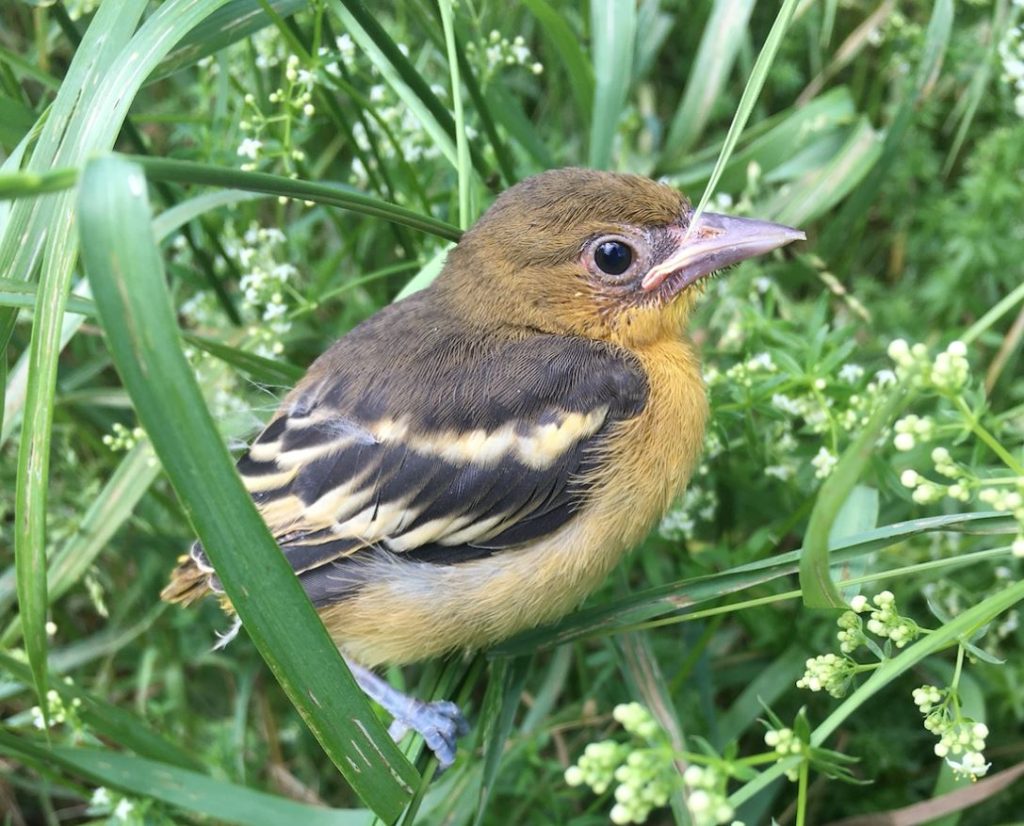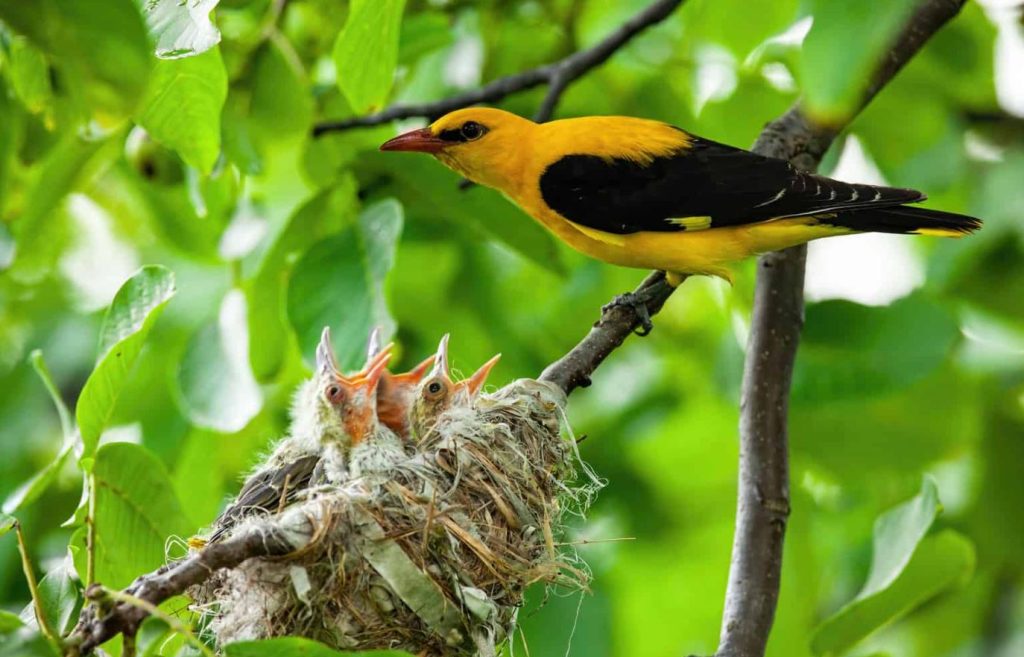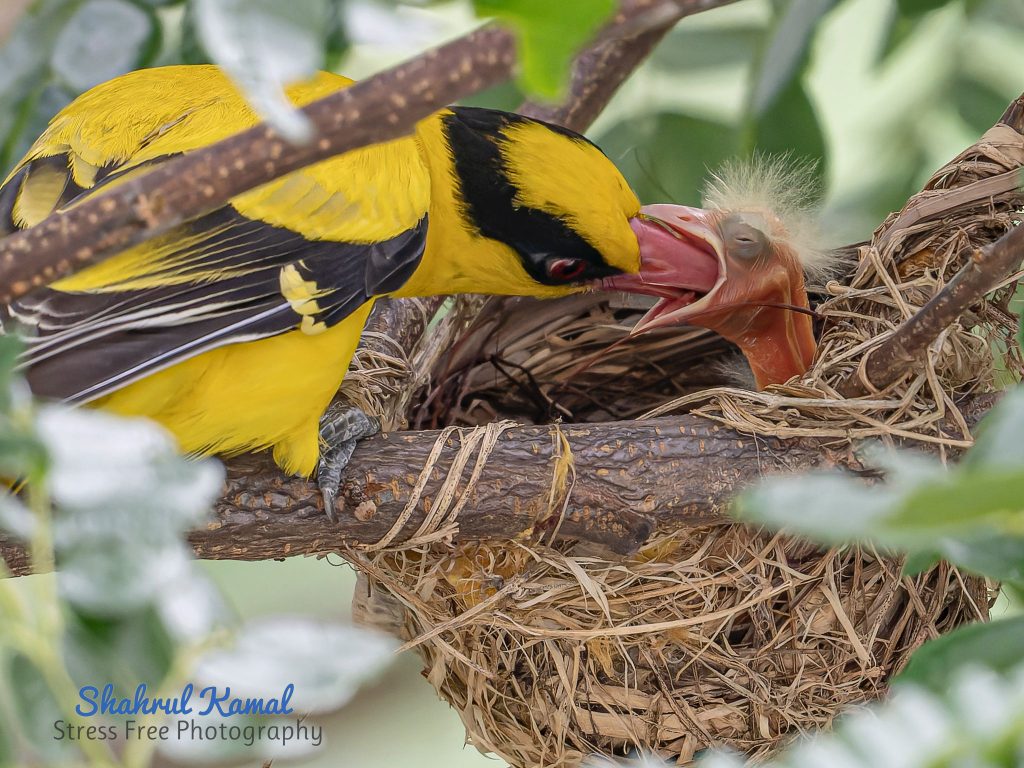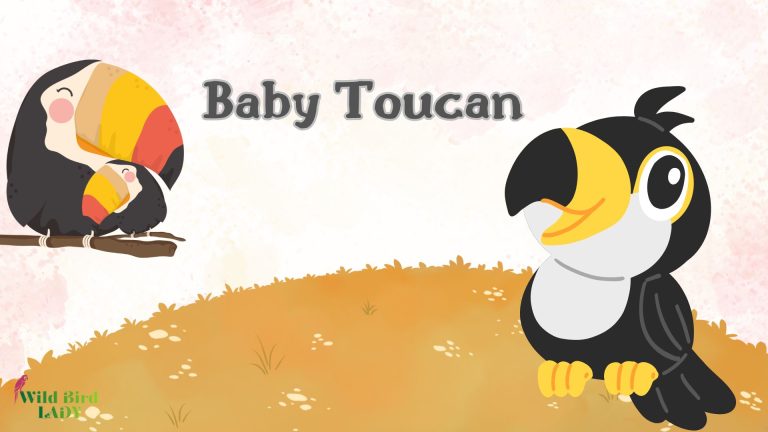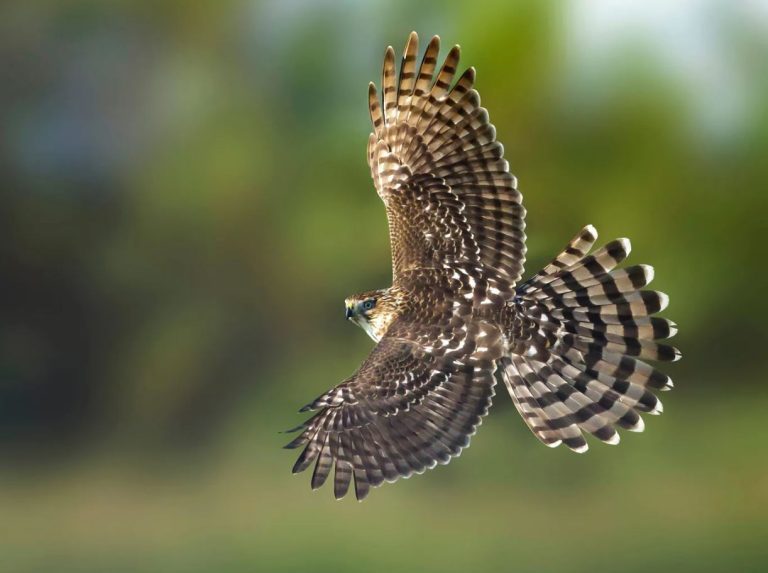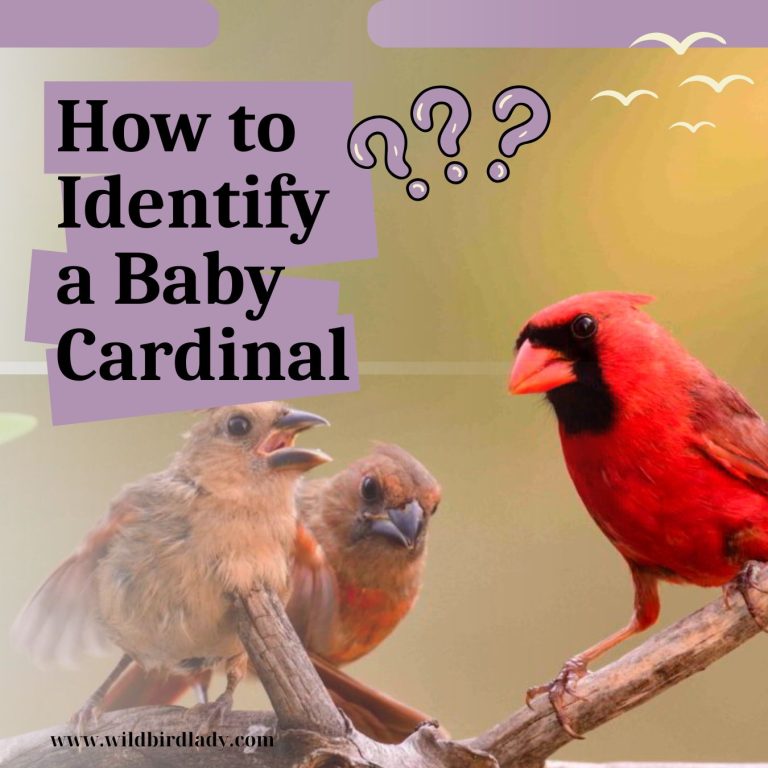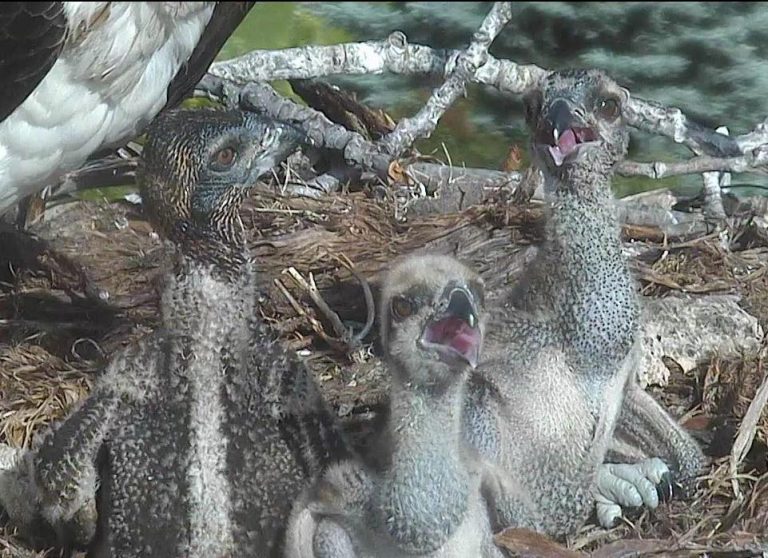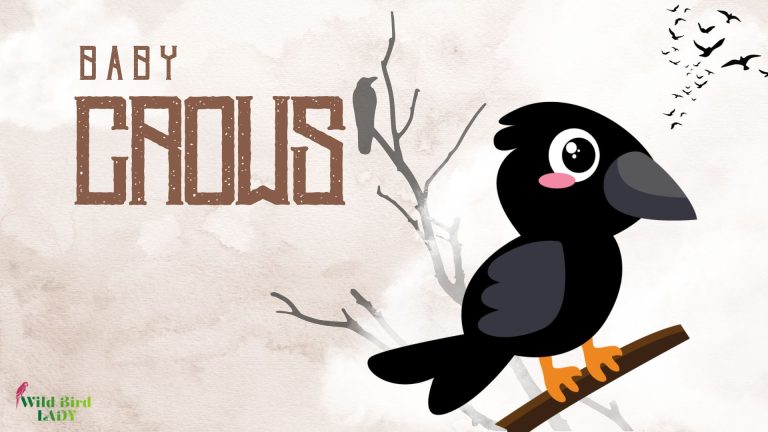Baby Orioles 101: What They Look Like, Eat, and How to Help Them Thrive
By Rifat Ahmed – Birdwatching Expert with 13+ Years of Experience
There’s something truly magical about spotting a baby oriole for the first time. Their vibrant coloring, distinct calls, and fragile early days make them one of my favorite birds to observe. Over the past 13 years, I’ve had the pleasure of tracking the life stages of orioles across North America—from nestlings barely able to chirp, to fledglings making their first clumsy leaps into the air.
In this guide, I’ll walk you through everything you need to know about baby orioles: what they look like, what they eat, how their development unfolds, and what you can do to help them thrive. Whether you’re a backyard birder, wildlife enthusiast, or someone who just stumbled upon a baby oriole in need, you’re in the right place.
What Does a Baby Oriole Look Like?
Hatchlings (0–3 Days Old)
When orioles first hatch, they’re almost unrecognizable from the bright adults we’re used to seeing. These newly hatched babies are blind, featherless, and pink-skinned, weighing just a few grams. They huddle closely in their hanging nests, relying entirely on their parents for warmth and food.
Their beaks are wide and yellow-lined, a visual cue to signal their hunger to attentive parents.
📌 According to the Cornell Lab of Ornithology, baby orioles typically hatch about 11–14 days after incubation begins.
Nestlings (3–10 Days Old)
After a few days, light grayish down begins to appear, and their eyes slowly start to open. This is when they begin to resemble young birds. They remain inside the nest but become more active, often lifting their heads to beg for food with their wide gaping beaks.
At this stage, you might notice some feather sheaths breaking through the skin, marking the early stages of plumage development.
Fledglings (10–17 Days Old)
Once orioles are about two weeks old, they begin fledging. Their wings grow longer, and they develop a soft coat of juvenile feathers, usually duller in color than adults. Baby Baltimore orioles, for example, display yellowish-orange underparts with dark gray or olive tones above—nothing like the bright orange-and-black adults.
They flutter near the nest and make short, uncertain flights. Parents continue to feed them during this critical transition.
How Long Do Baby Orioles Stay in the Nest?
Orioles grow quickly. After hatching, most oriole chicks remain in the nest for 11 to 14 days before fledging. During this time, the parents—often both mother and father—feed them continuously, sometimes making hundreds of trips per day to bring insects and fruit back to the nest.
If you see a young oriole outside the nest but still being fed, don’t panic. It’s normal for fledglings to leave the nest before they can fly well. They usually stay close to the area and are still under parental care.
What Do Baby Orioles Eat?
High-Protein Diet in Early Days
In the wild, oriole parents feed their young a diet rich in insects and caterpillars, which are packed with protein to support fast growth.
Common food includes:
- Caterpillars (especially tent caterpillars)
- Grasshoppers
- Beetles
- Moths
- Spiders
Protein is absolutely essential in the first few days. Orioles will search far and wide for juicy bugs to satisfy the ravenous appetites of their chicks.
📚 According to the Audubon Society, insects make up more than 90% of a baby oriole’s diet during the nestling stage.
Fruits and Nectar Later On
As baby orioles grow older, their diet gradually shifts to include more fruit and nectar. Parents might start introducing:
- Mulberries
- Cherries
- Oranges
- Grape jelly
- Nectar (from flowers or feeders)
This mimics the adult diet, which includes a balance of sugar and nutrients to maintain energy during migration and breeding.
Where Do Orioles Build Their Nests?
Orioles are known for their incredible nest-building skills. Their hanging, woven nests are often suspended from the ends of tree branches—up to 20 feet in the air.
The female typically builds the nest using:
- Plant fibers
- Grasses
- Animal hair
- String or thread
- Spider silk (as a binding agent)
These nests look like small, hanging pouches, and are expertly camouflaged among the leaves.
Popular nesting trees include:
- American elm
- Cottonwood
- Maple
- Sycamore
- Willows
If you’re trying to attract orioles to nest in your yard, having tall deciduous trees and minimal human disturbance is key.
Baby Oriole Calls and Behavior
Even before they leave the nest, baby orioles begin to chirp and call, especially when they’re hungry. These calls are high-pitched and softer than adult songs.
After fledging, their calls become louder and more persistent. Parents often respond to these vocalizations with food or reassurance. This “begging call” helps keep families together during the vulnerable fledgling stage.
Fun fact: Orioles have been observed teaching their young to sing. While baby orioles begin learning calls by instinct, they also mimic adults over time.
How to Help Baby Orioles Thrive
If you’ve spotted baby orioles in your yard—or perhaps even found one on the ground—there are several ways you can help ensure they survive and thrive.
1. Provide Safe Nesting Areas
- Plant native trees that orioles prefer, like elms and willows.
- Avoid trimming trees during the breeding season (April to July).
- Leave string, pet hair, or natural fibers outside for nest-building.
2. Don’t Use Pesticides
Chemical sprays and lawn treatments kill the insects orioles rely on. Worse, pesticides can poison baby birds directly if ingested through contaminated prey.
Instead, opt for natural pest control solutions or encourage a diverse insect population in your yard.
3. Offer Oriole Feeders
Set up feeders that provide:
- Fresh orange halves
- Grape jelly (in moderation)
- Sugar water nectar (4:1 water to sugar ratio)
Place feeders near trees or shrubs where orioles already nest or forage.
⚠️ Note: Avoid using red dye in nectar—it’s unnecessary and may be harmful to birds.
4. Supply Fresh Water
A shallow birdbath or fountain is perfect for both adult and baby orioles. Keep the water clean, and add stones or twigs so fledglings can perch safely.
5. Keep Cats Indoors
Free-roaming cats are one of the leading causes of baby bird mortality. If you’re serious about protecting wildlife, keep domestic cats inside, especially during spring and summer.
What to Do If You Find a Baby Oriole on the Ground
Before intervening, it’s essential to determine whether the bird is a nestling (too young to be out of the nest) or a fledgling (out of the nest but still learning).
✅ If it’s a fledgling:
- Leave it alone!
- Observe from a distance—parents are likely nearby.
- If in danger (on a busy path or road), gently move it to a nearby shrub or low branch.
✅ If it’s a nestling:
- Look for the nest above.
- If you can safely reach it, return the chick.
- If the nest is destroyed or unreachable, contact a licensed wildlife rehabilitator.
📞 The National Audubon Society advises against trying to raise wild birds yourself. They require specialized care, diets, and permits.
When Do Young Orioles Become Independent?
After fledging, baby orioles stay with their parents for another 2–3 weeks. During this time, they follow the adults, learn to forage, and strengthen their flight.
By the end of this period, they become fully independent and begin exploring on their own. Most juvenile orioles leave the breeding area by late summer to prepare for migration.
Baby Orioles and Migration
Yes, baby orioles do migrate! After the breeding season ends in mid to late summer, young orioles embark on their first migration—often to Central or South America.
This journey can span thousands of miles, and many won’t survive their first trip due to predators, exhaustion, or lack of food. However, those that do make it will return the following spring to continue the cycle.
✈️ According to eBird data, orioles begin departing their breeding grounds as early as July in the southern U.S.
Final Thoughts from the Field
There’s nothing quite like watching the lifecycle of an oriole unfold—from fragile nestlings to confident singers perched in the treetops. Their journey is a marvel of nature and a reminder of how even the smallest efforts—like planting the right tree or leaving out fruit—can make a big difference.
After over a decade of observing orioles in the wild, I still get a thrill every time I hear a baby chirp from a hidden nest. These birds are resilient, but they still need our help to thrive in an increasingly urbanized world.
So if you’re lucky enough to have baby orioles near you—cherish the experience. And if you’re just starting your journey as a birder, I promise: orioles will make it unforgettable.
Frequently Asked Questions (FAQ)
❓ What do baby orioles eat?
Baby orioles primarily eat insects like caterpillars, beetles, and spiders. As they grow, their parents also introduce fruit and nectar.
❓ How long do baby orioles stay in the nest?
They usually remain in the nest for 11–14 days after hatching, then spend another 2–3 weeks under parental care as fledglings.
❓ Can you feed a baby oriole?
Only trained wildlife rehabilitators should feed baby orioles. If you find one, contact your local rehab center rather than attempting to feed it yourself.
❓ How can I attract orioles to nest in my yard?
Plant native trees like elms, cottonwoods, or maples. Offer fruit, jelly, and sugar water, and avoid using pesticides.
❓ Do baby orioles migrate?
Yes. By late summer, baby orioles leave with their parents for their wintering grounds in Central or South America.

